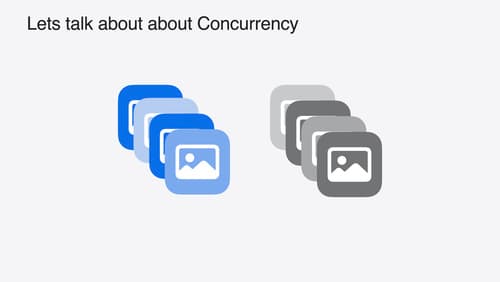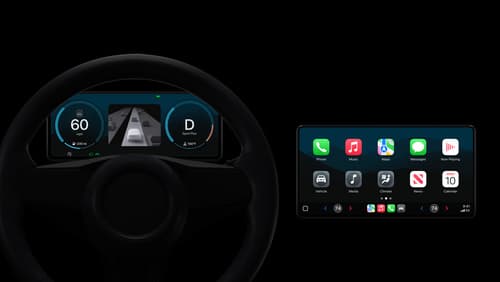How GCD works?
Asked on 2024-08-12
1 search
General Concurrency Dispatch (GCD) is a technology used in Apple's operating systems to manage concurrent operations. It allows developers to execute tasks in parallel, improving the efficiency and responsiveness of applications. GCD provides a way to manage queues of tasks, which can be executed on different threads, without the developer having to manage the threads directly.
At WWDC, Apple often discusses enhancements and best practices related to concurrency, including the use of Swift concurrency features. For example, in the session "Migrate your app to Swift 6," there is a discussion about adopting Swift concurrency to improve the organization and execution of concurrent tasks. This involves using actors to manage tasks on the main queue and background operations, which can help streamline the concurrency architecture of an app.
If you're interested in learning more about concurrency and how it is managed in Swift, you might want to check out the session "Migrate your app to Swift 6," particularly the chapter on adopting concurrency features.

Analyze heap memory
Dive into the basis for your app’s dynamic memory: the heap! Explore how to use Instruments and Xcode to measure, analyze, and fix common heap issues. We’ll also cover some techniques and best practices for diagnosing transient growth, persistent growth, and leaks in your app.

Discover Swift enhancements in the Vision framework
The Vision Framework API has been redesigned to leverage modern Swift features like concurrency, making it easier and faster to integrate a wide array of Vision algorithms into your app. We’ll tour the updated API and share sample code, along with best practices, to help you get the benefits of this framework with less coding effort. We’ll also demonstrate two new features: image aesthetics and holistic body pose.

Meet the next generation of CarPlay architecture
Dive into the architecture for the next generation of CarPlay. Learn how your vehicle system works with iPhone to create a single cohesive experience that showcases the best of your car and iPhone. Learn how UI is rendered and composited, and explore ways to configure and customize a special experience for each vehicle model. This session is intended for automakers and system developers interested in the next generation of CarPlay.
